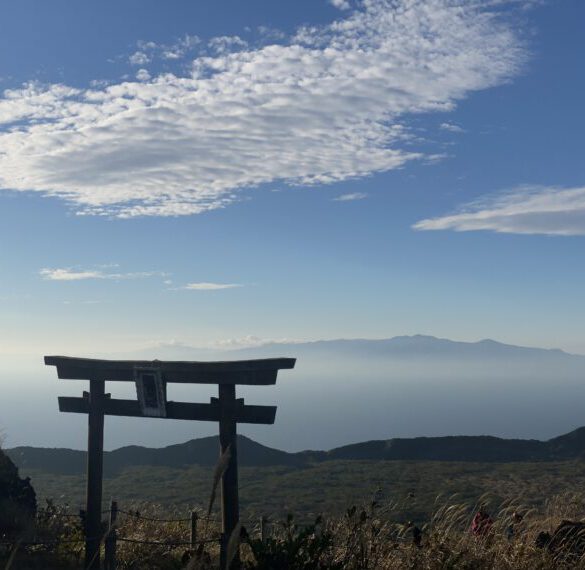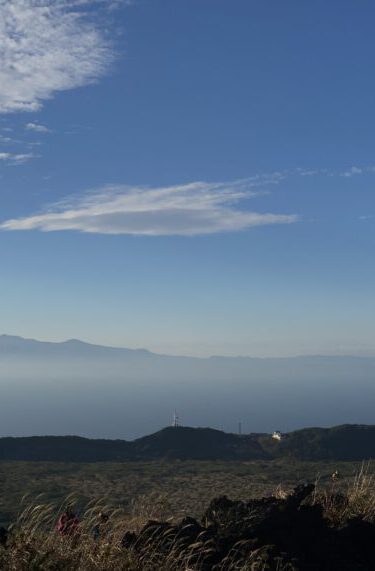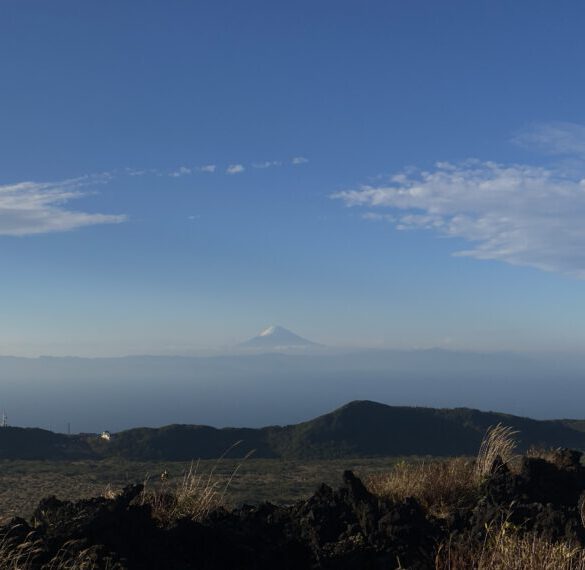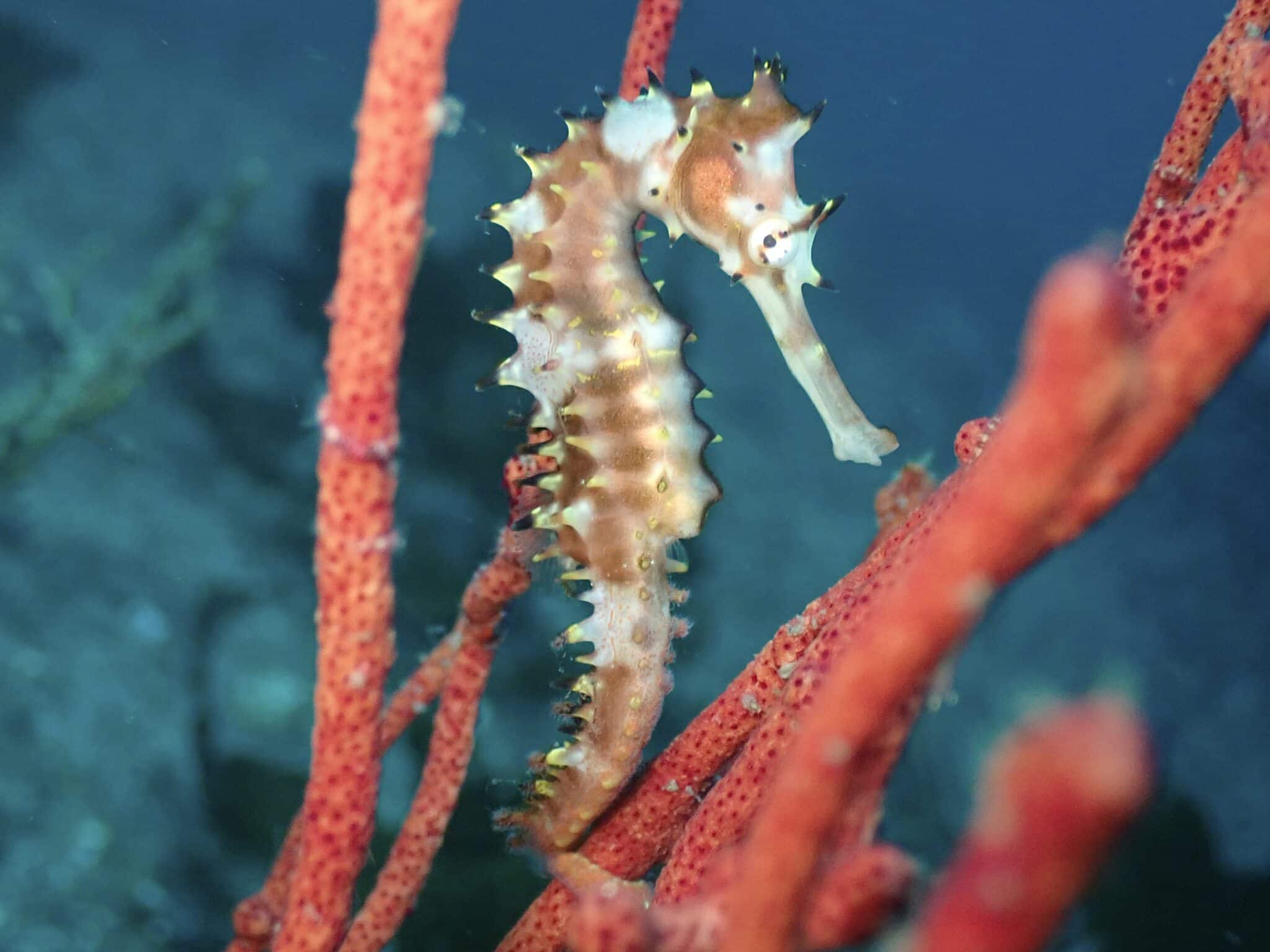Izu Ōshima
TOKYO’S REMOTE ISLANDS
Macros, Mola & Thresher shark in May
Izu Ōshima provides an incredible wealth of sea life. Diverse Macro like nudibranchs or seahorse are usually spotted. In May & June particularly, we have records of thresher sharks and Mola fish sightings. Hammerhead sharks also visit the island in the hot season. As most of the Tokyo's remote islands, little data is available regarding Izu Ōshima marine life evolution.
Izu Ōshima is only a 2 hour boat trip away from the capital. It is a very calm destination with a local feel both with its ocean and its history. It is famous for its nature with its Braumkuchen rock formation, its 14m high Sakurakkabu cherry tree and its active volcano that last erupted in 1990. After a hike to the top of the volcano, you can witness its gigantic crater and, with good weather, the stunning view of the Mount Fuji.
Explore the program
伊豆大島
Izu Ōshima

National Park
Izu Ōshima is part of the Fuji‑Hakone‑Izu National Park, which provides a protective framework under Japan’s Natural Parks Law. This means the marine environments—including shorelines and underwater ecosystems—are managed to preserve their natural integrity and biodiversity

Underwater
Izu Ōshima is surrounded by vibrant marine ecosystems rich in biodiversity. Its waters are home to colorful soft coral, rocky reef and pelagic species. The island’s volcanic seabed supports unique marine landscapes, a fertile terrain for macro and benthic species.

Geopark
By its active volcano, the island is designated as a Geopark—specifically, the Izu Ōshima Geopark—promoting environmental education, ecological awareness, and sustainable interactions with its unique volcanic and marine habitats
Nudibranch abundance, spatial organization and phenological disruption code as bioindicators for marine environment. They depict changes in climate on reef, indicate stressors or signal environment degradation.
Garner L, Oosthuizen CJ.
Send nudis: An assessment of nudibranch diversity in Sodwana Bay, South Africa. Ecol Evol. 2023 Nov 2;13(11):e10676.
Marine conservation program
25-30 May 2026
The program will be dedicated for diving to collect data on marine species. We will apply the online knowledge learnt before arrival. It is the ideal trip to get used to the underwater visual survey/ roving survey method. The data recorded will be supporting citizen science as well as local marine research.
Program fees: €980
Prerequisites
- High interest for marine conservation
- Health check: apt for snorkeling and diving
- Diving licence
- Diving insurance (DAN preferred)
- Health insurance
- Complete the online learning before arrival (provided after application approval)
Included
- 9 dives
- 1 sightseeing day
- 5 nights stay
- English support for day by day needs
- Transport from Tokyo Takeshiba Pier to Izu Oshima
- Transportation during the stay
- Roving survey of the main diving points
- Data collection knowledge material

Not Included
- Flights
- Insurance
- Meals during the stay
- Snorkeling and diving gears
